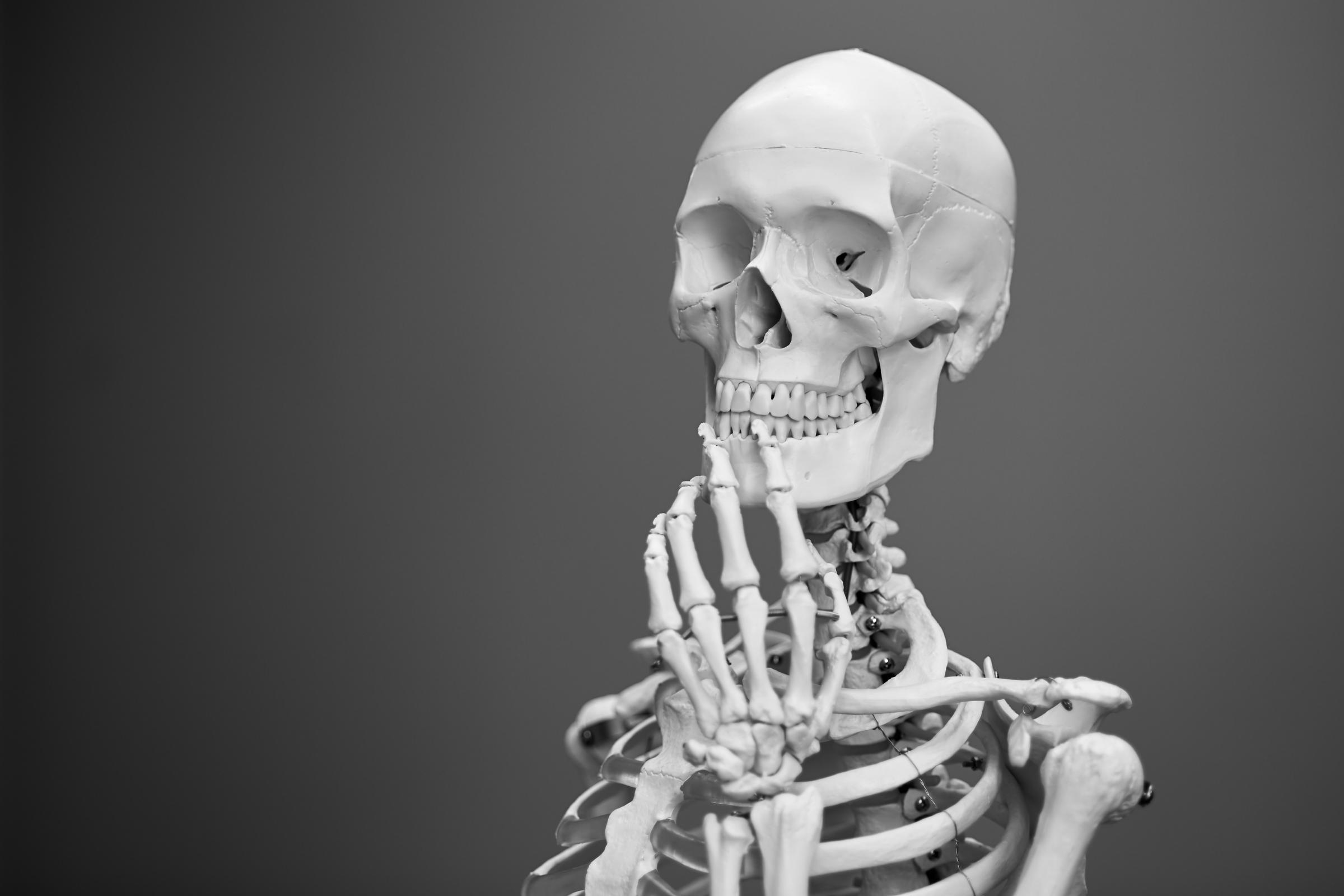Our Amazing Bodies

Here on the Amazing Bodies page, our School Nurse Kiera Heasly shares an amazing fact about the human body.
Did You Know?
Your eyes are packed with over a million working parts, making them incredibly intricate and amazing!
Every time you look at something, your eyes and brain work together to create the picture you see!
How our eyes work: a snapshot of its main working parts
At THE FRONT
Pupil and Iris: Behind the front part of your eye, there's a dark hole in the centre called the pupil. Surrounding it is the iris, which gives your eye its colour. Small muscles in the iris help make the pupil bigger or smaller to control how much light enters your eye.
Lens and Cornea: Right behind the pupil is the lens. It's like a clear window that helps focus light towards the back of your eye. The lens can change its shape to help you see things up close. It's held in place by tiny fibres called zonules. The cornea (the clear covering on the front of your eye) works with the lens to focus light, giving you clear vision.
At THE BACK
Retina and Macula: When light passes through the lens and into the back of your eye, it lands on a special tissue called the retina. This tissue is sensitive to light and helps you see. There's a super important spot on the retina called the macula, which gives you your detailed central vision. The rest of the retina gives you your side [peripheral] vision.
The retina acts like the camera film of your eye, capturing images and sending them to your brain. It has special cells called photoreceptors that turn light into energy. There are two types of photoreceptors: rods and cones.
Rods and Cones: Rods help us see black and white and work better in low light, like at night. Cones help us see colours and help provide detailed central vision.
Optic Nerve: Once the retina captures the light, it sends electrical messages through the optic nerve to the brain. The optic nerve acts like a cable made of millions of nerve fibres that carry these messages to the visual cortex, the part of the brain responsible for helping us see.
So, our eyes are like amazing cameras, capturing the world around us and sending the images to our brains!
Reference: https://giphy.com/search/eyes-camera, https://www.aao.org/eye-health/anatomy/parts-of-eye
Kiera Heasly
ENPS School Nurse

